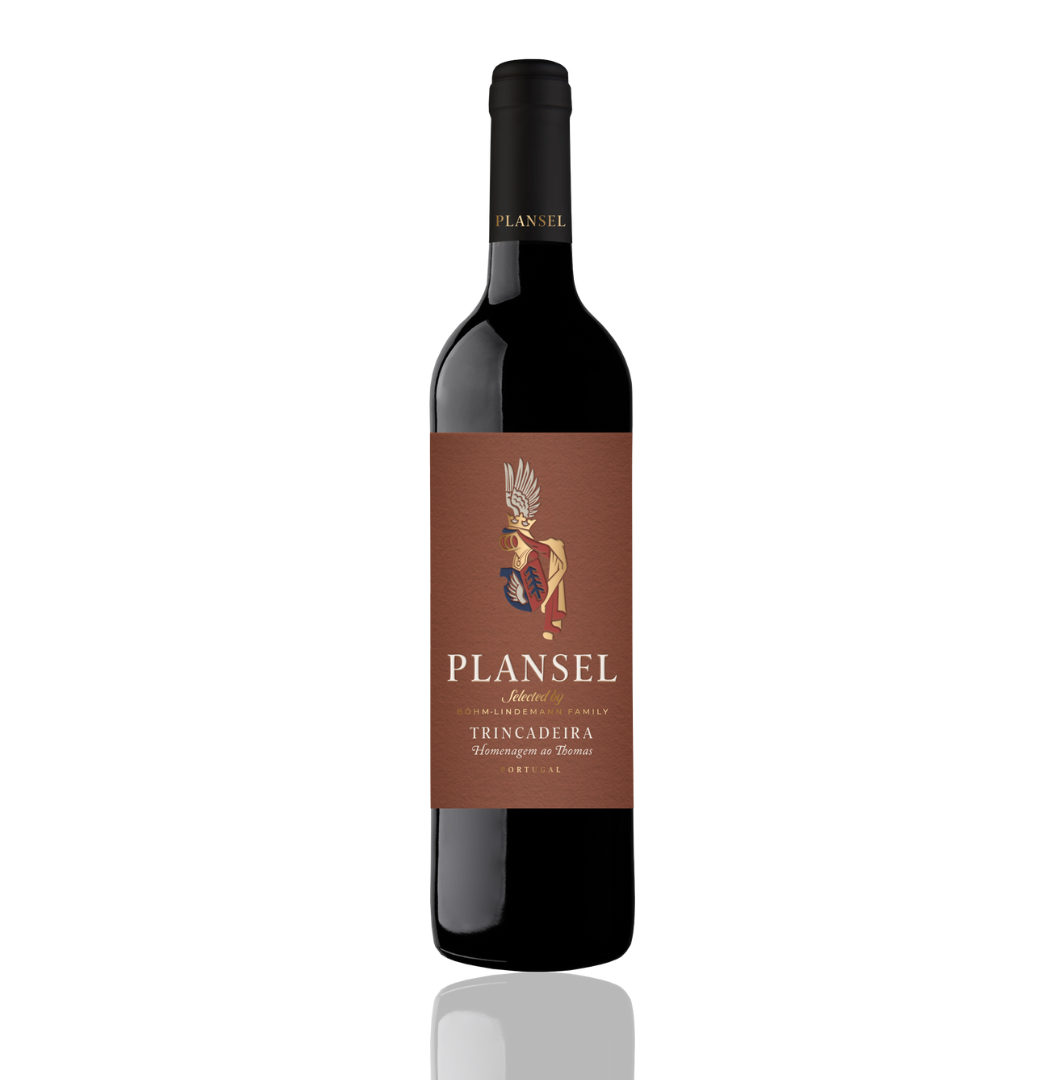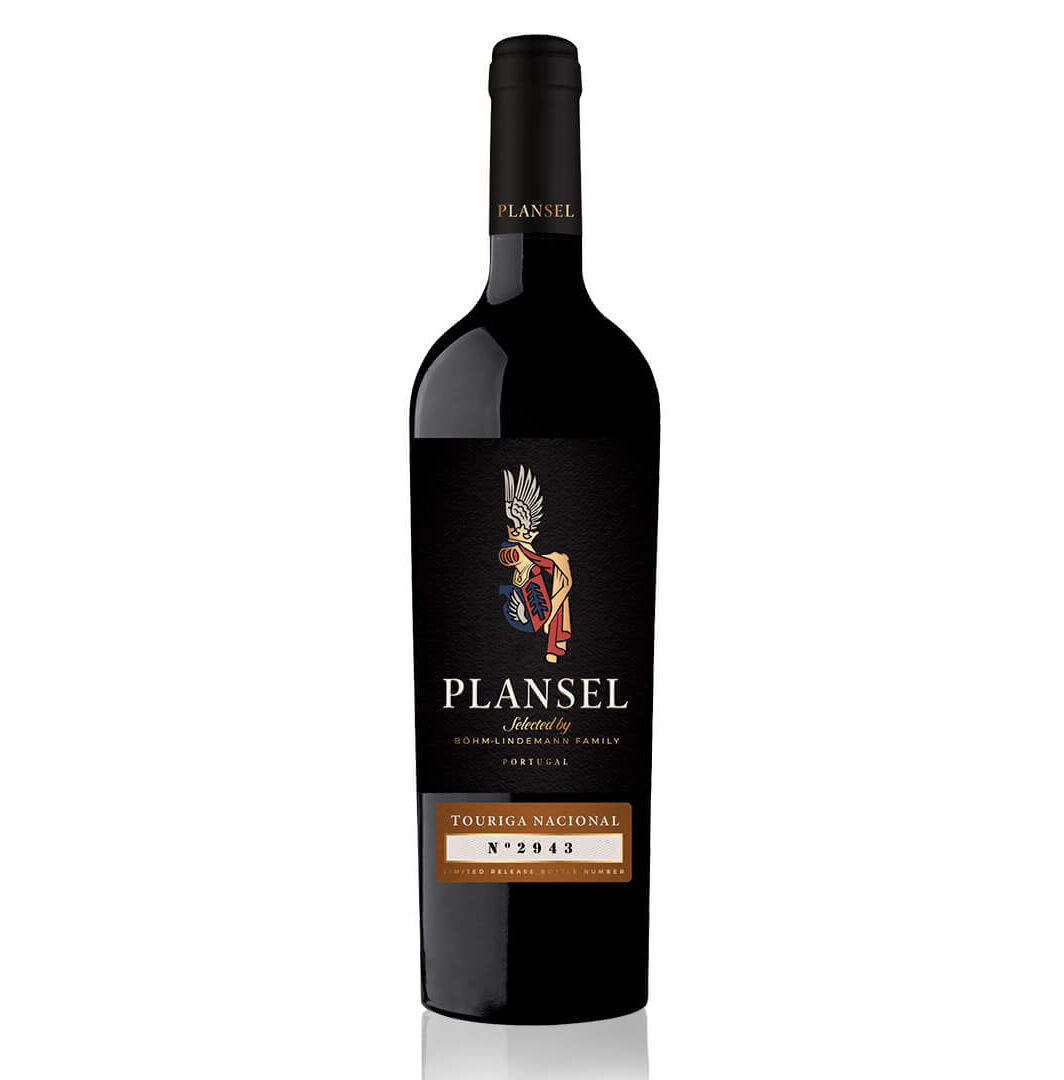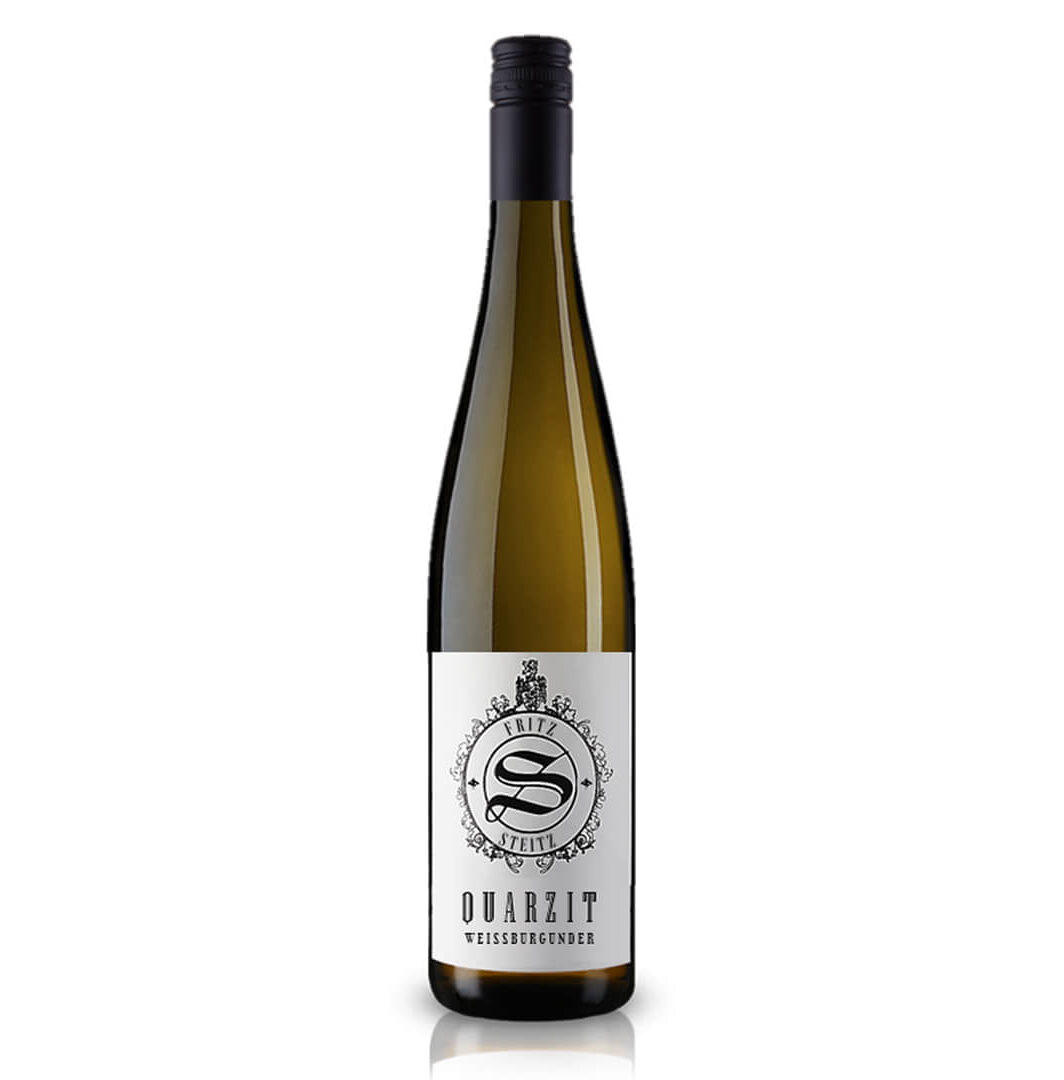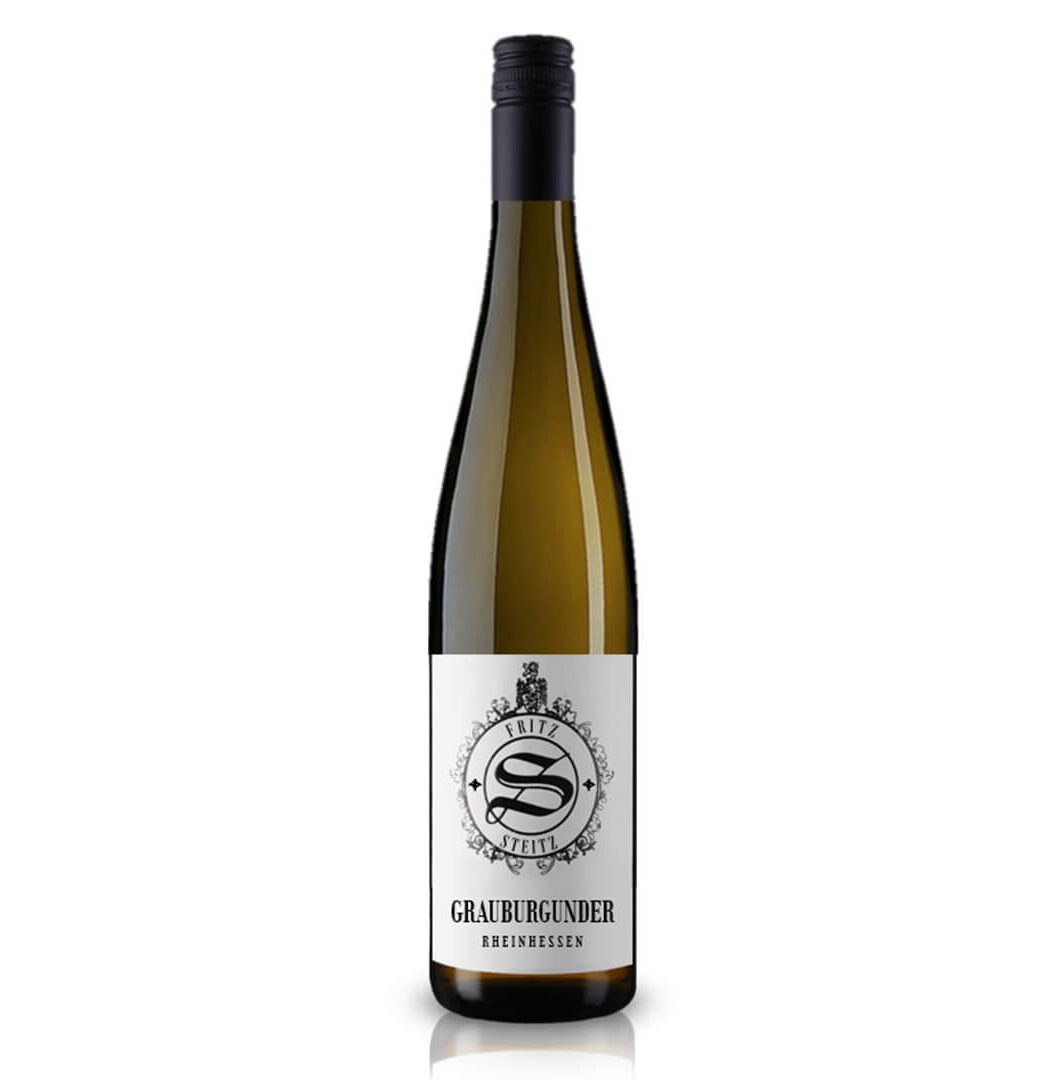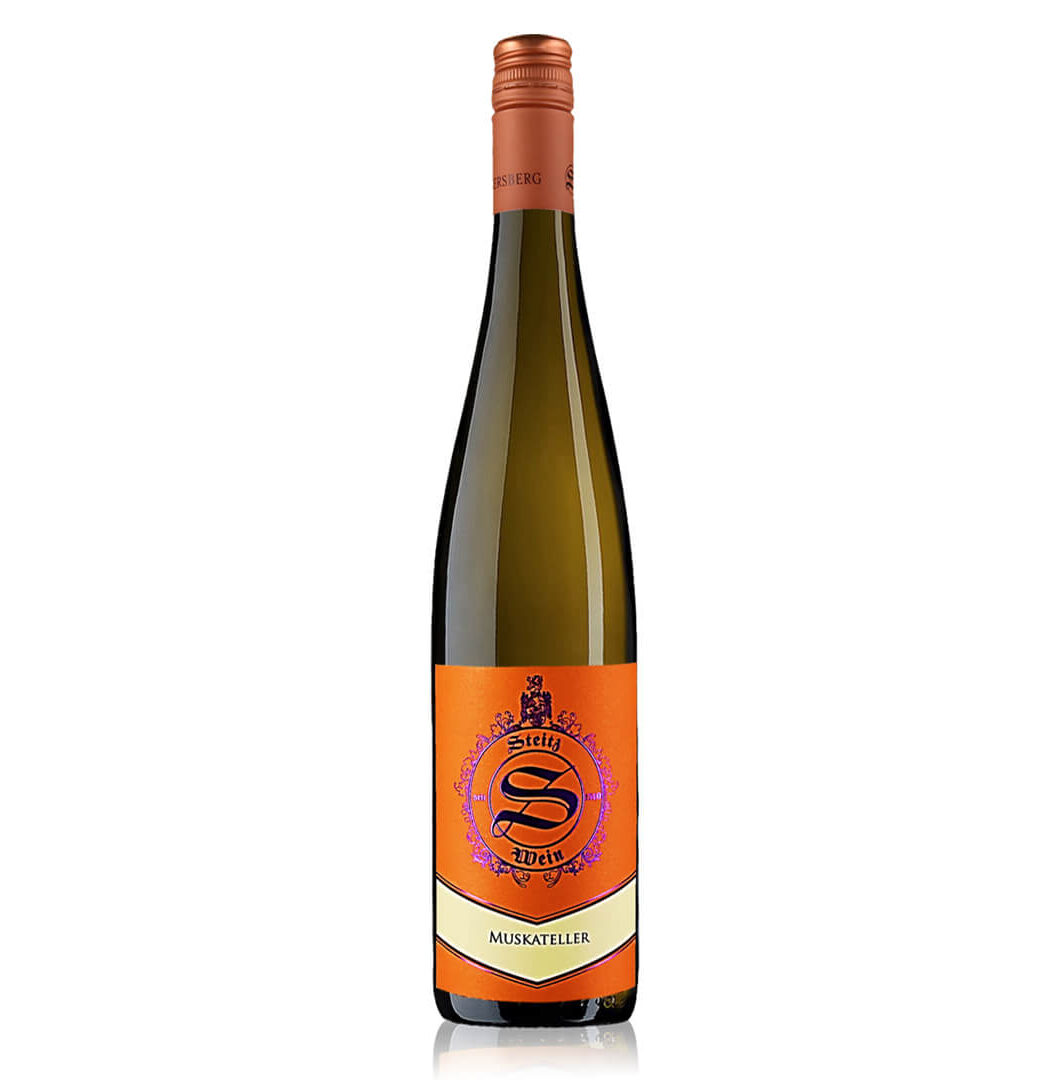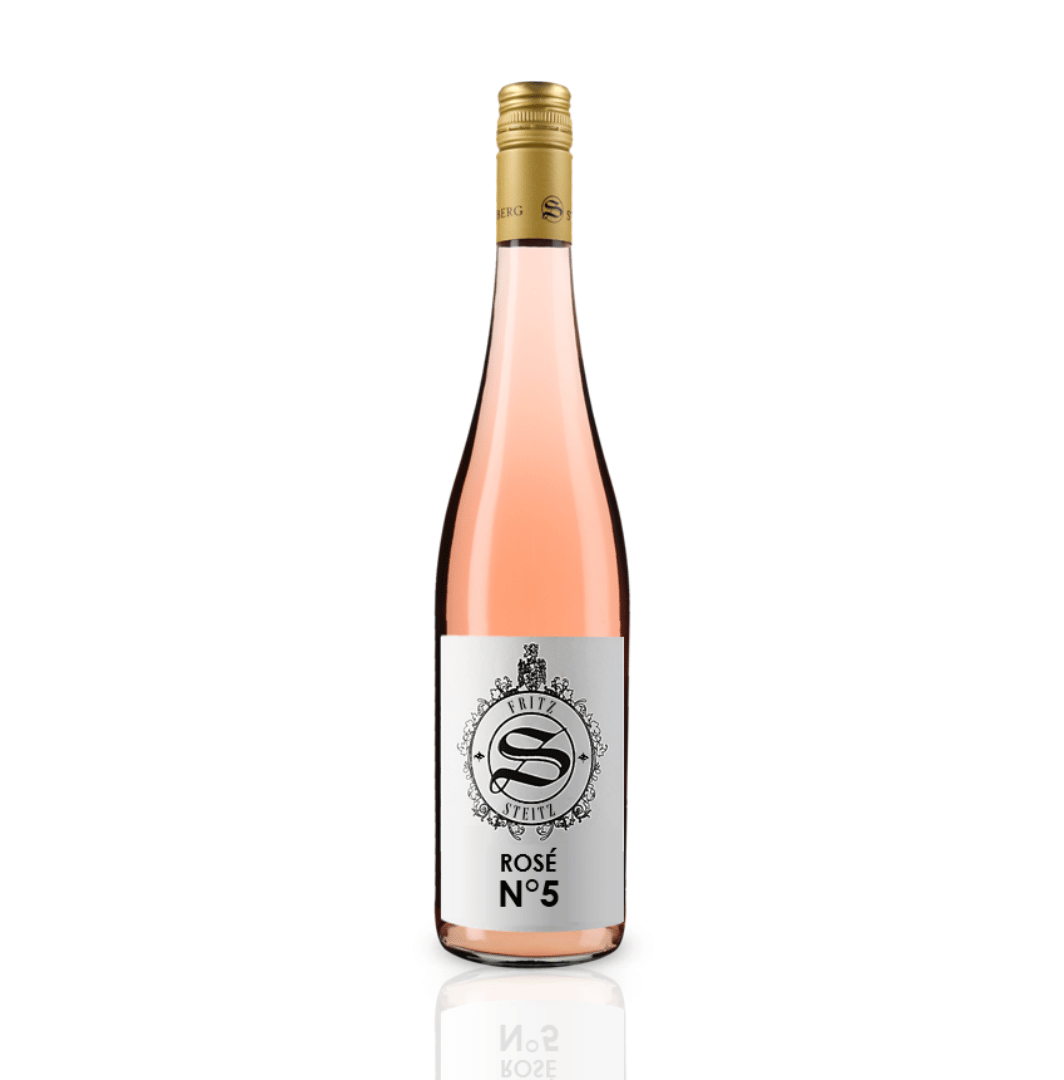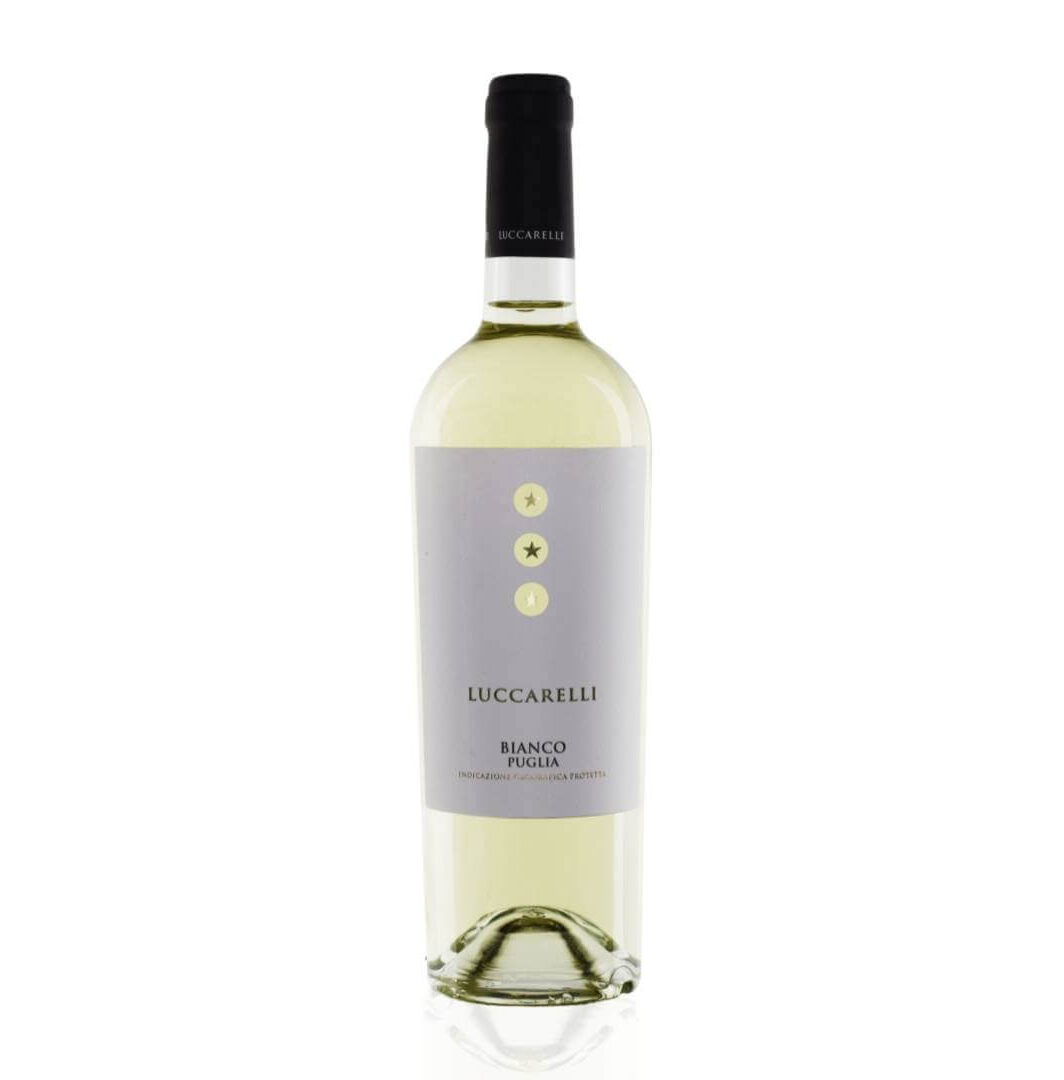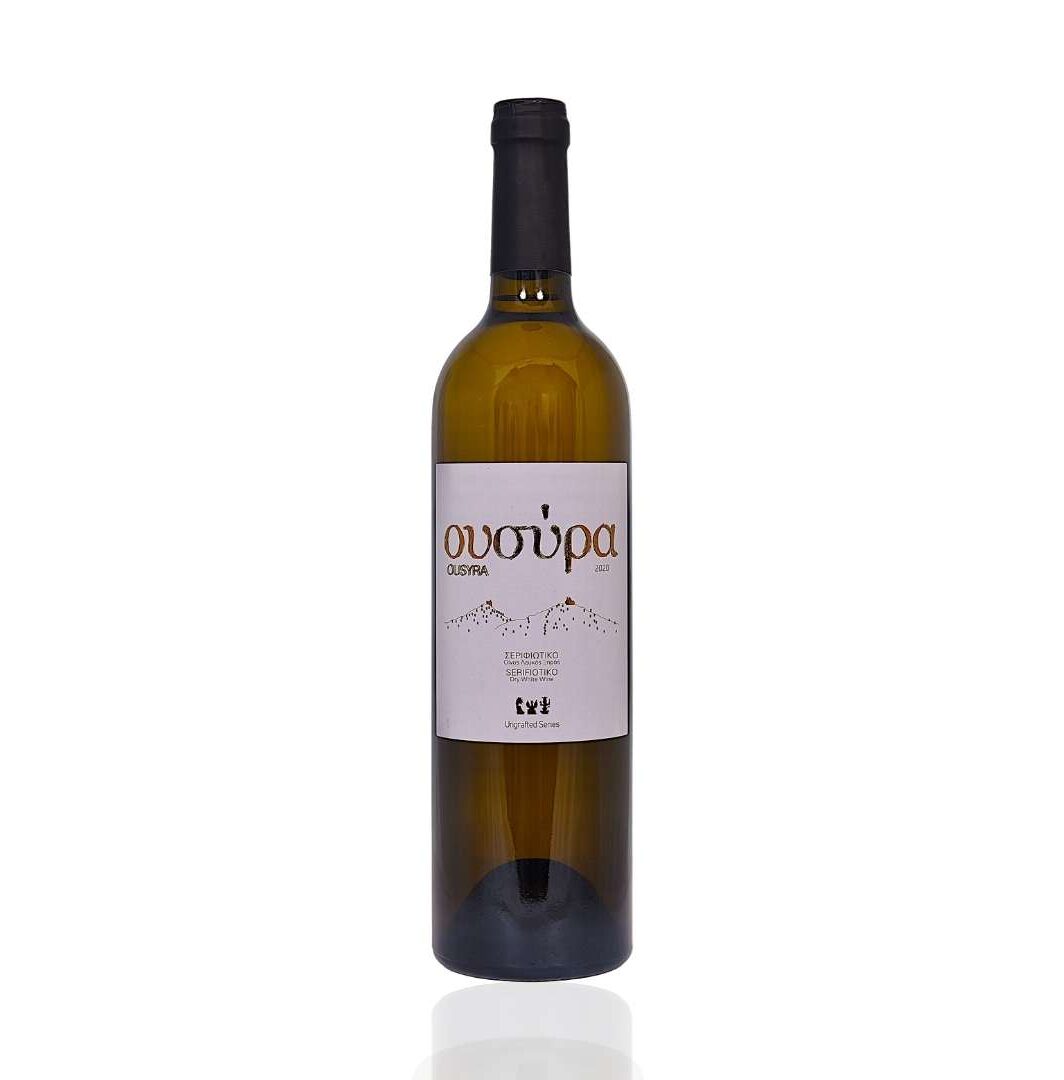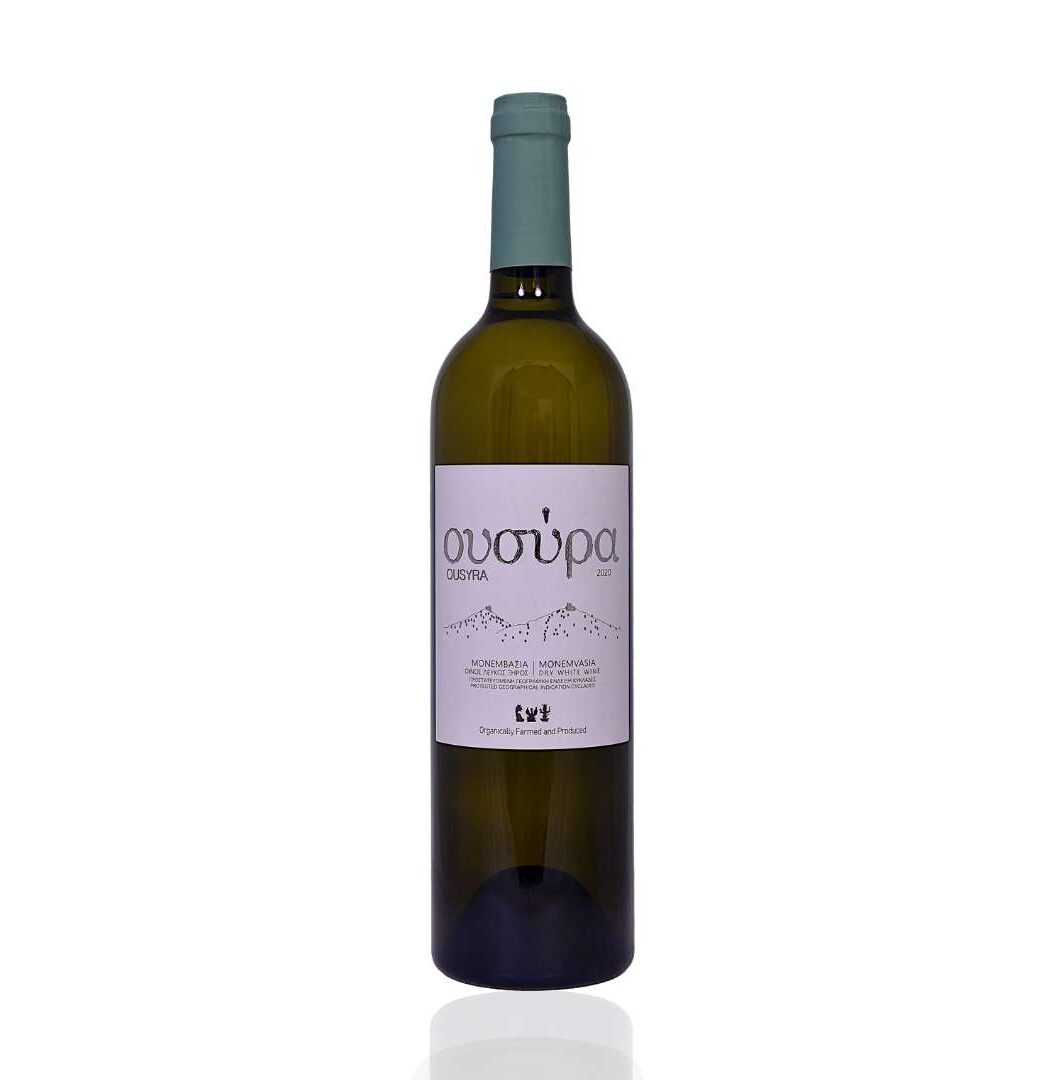Wine Myths
There is a lot that is said about wine – some is true, some is not. I would like to enlighten you about some well-known wine myths.
Wine myth 1: Room temperature for red wine is a must
This is not true. Earlier – at the time of Kaiser Wilhelm – when dining rooms were still unheated and a room rarely rose above 18 degrees room temperature, that’s when this “rule” came into being. But today our rooms are usually much warmer. Red wine should still have the perfect drinking temperature of 16 to 18 degrees. This is difficult to reconcile with room temperature. So watch out! Because if red wine is too warm, it loses its aroma and tastes alcoholic and sweet.
Wine myth 2: Red wine makes you blue
No, not figuratively – literally. It is true! Anyone who likes to drink red wine knows about blue teeth and tongue. That comes from the anthocyanins. The coloring varies from wine to wine. It is often more intense in young red wines than in mature ones. What helps is a glass of white wine for a change, plenty of fizzy water and brushing your teeth before drinking (about 30 minutes).
Wine myth 3: Red wine is made from red grapes, white wine from green ones
A classic myth, but unfortunately wrong. You can also make white wine from red grapes. Most of the time, the juice from the grapes is white. Only a few grape varieties also contain red juice, from which only red wine can actually be obtained. Not the juice, but the grape skins give the wine its red color. They are fermented with the juice. The aromas, the tannins, also come from the skins.
Wine myth 4: Wine starts to breathe as soon as the bottle is open
That’s not wrong. Yes, when air gets to the wine, it reacts with the oxygen. However, only through the bottle opening, so only a really small surface area comes into contact with the air. If you really want the wine to breathe, then it should be decanted.
Wine myth 5: The alcohol in wine disappears when it is boiled
If you add wine to your food and let it boil, then the alcohol vanishes into thin air. That’s what they say. That’s not 100% wrong, because pure alcohol actually disappears at temperatures above 78 degrees Celsius, but only after a longer period of time. Of course, since wine is not pure alcohol, there are several factors that influence the disappearance of alcohol. The high water content, the ingredients in the food and the fat keep the alcohol from evaporating.




